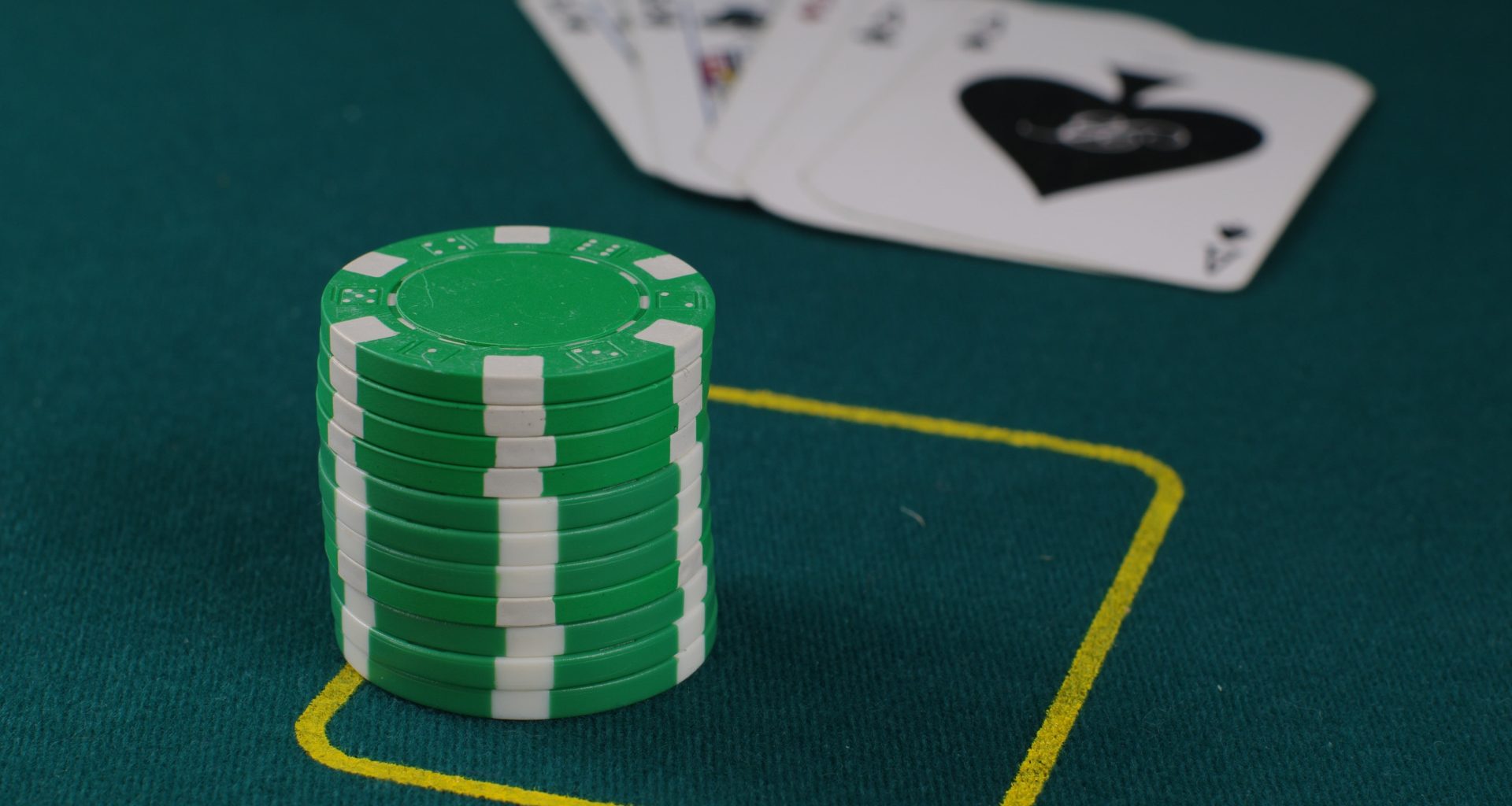Heads-up poker is a thrilling duel between two players, where the winner takes all. It’s a true test of skill, strategy, and mental fortitude. Are you ready to step up to the challenge and outwit your opponent? In this blog post, we’ll guide you through the ins and outs of how to play heads up poker, from basic rules to advanced strategies, ensuring you’re prepared for the ultimate poker showdown.
Key Takeaways
- Heads-up poker requires an understanding of unique rules and strategies for gaining an edge over opponents both offline and in online casinos like bet999.io.
- Aggression, hand selection, power, and adapting to your opponent’s playstyle are essential skills for success in heads-up poker.
- Mastering button & big blind strategies as well as balancing ranges & exploiting opponent tendencies can give players a competitive edge in the game.
Understanding Heads-Up Poker Basics
Entering the realm of heads-up poker, understanding the basic rules that distinguish it from traditional full ring games is indispensable. With only two players at the table, the dynamic changes dramatically: the dealer posts the small blind and the other player posts the big blind. This unique setup ensures fairness in play and prevents any rule violations.
Aggression holds a significant role in heads-up poker. Here are some strategies to consider:
- Play almost all hands from the button and a large majority of hands in the big blind.
- In the early stages of a heads-up match, raise any two hands from the button and defend a bit more tightly in the big blind.
- As the game progresses, adapt your strategy to maintain an edge over your opponent.
Dealer’s Role and Small Blind
The dealer in heads-up poker assumes a distinct role, which includes:
- Posting the small blind
- Ensuring the correct order of play
- Ensuring the game proceeds smoothly
- Preventing any potential rule violations.
Grasping the dealer’s role and the impact of the small blind on the game empowers you to tackle the complexities of heads-up poker and optimize your position at the table.
Big Blind and Order of Play
The non-dealer player takes on the responsibility of posting the big blind in a heads-up match, while the other players remain. The order of play is designed to ensure fairness and prevent any player from gaining an unfair advantage.
In a heads-up game, the big blind acts first in all subsequent betting rounds, while the button has the first move post-flop. Mastering the order of play and understanding the roles of the big blind and small blind are critical to success in heads-up poker.
Essential Strategies for Playing Heads-Up Poker
Mastering heads-up poker requires the adoption of a variety of pivotal strategies. Here are some key strategies to keep in mind:
- Aggression is paramount, as it puts pressure on your opponent and helps you control the game.
- Hand selection and power also play a crucial role, as high cards and pairs become more valuable in this format.
- Reading your opponent’s tendencies and adjusting your play accordingly can give you a significant edge in a heads-up game.
By incorporating these strategies into your gameplay, you can improve your chances of success in heads-up poker.
The integration of these strategies into your gameplay could be a deciding factor between triumph and loss. By being aggressive, playing a wide range of hands, and adapting to your opponent’s playstyle, you’ll be well on your way to becoming a formidable heads-up poker player.
Importance of Aggression
Aggression serves as a vital element in attaining success in heads-up poker, aiding in stealing blinds, pressurizing the opponent, and maintaining game control. By betting or raising when your opponent is in either the small or big blind, you can force them to fold and secure the blinds without having to reveal your cards.
Employing aggression can also help maintain control of the game by betting or raising when in possession of a weak hand, causing your opponent to hesitate before calling and potentially folding.
Dominating the heads-up poker arena calls for proficiency in the art of aggression, which means knowing how to play aggressively. And if you are planning to practice aggressive playing strategies online, don’t forget to add BSC to Metamask to be able to add some funds to your balance.
Hand Selection and Power
The importance of hand selection and power increases in heads-up poker as high cards and pairs gain value with fewer opponents. To achieve success in heads-up play, it’s essential to broaden your hand selection criteria, allowing you to enter and progress through later rounds more effectively.
By understanding how hand selection and power shift in heads-up play, you’ll be better equipped to make informed decisions and capitalize on the unique dynamics of this thrilling poker format.
Reading Opponents and Adjusting Your Play
Gaining an appreciable advantage in heads-up poker comes from discerning your opponent’s habits and tailoring your play in response. By observing your opponent’s actions, body language, and betting habits, you can make more informed decisions and adjust your play to exploit their weaknesses.
For example, if your opponent is stealing wide pre-flop, you can anticipate their bluffs and take advantage of their weak ranges on later streets. Conversely, if they’re folding a lot pre-flop and stealing narrowly, it may be beneficial to give their bets and raises more respect after the flop.
By being attuned to your opponent’s habits and adapting your play, you’ll be well on your way to outsmarting them and securing victory.
Button and Big Blind Strategies
Button and big blind strategies in heads-up poker are crucial determinants of your approach towards each hand. By mastering these strategies, you can take advantage of your position at the table and make the most of every opportunity.
Button play tactics involve raising with a high percentage of hands and using a small raise size to maintain control of the game, while big blind defense strategies require a wide range of hands and a polarized 3-bet range against aggressive raisers.
Understanding and implementing these strategies can help you gain an edge over your opponent and maximize your chances of success in heads-up poker.
Button Play Tactics
Button play tactics in heads-up poker encompass raising with a major share of hands and utilizing a small raise size to retain control over the game. By adopting this aggressive approach, you can put pressure on your opponent and force them to make difficult decisions when they play heads up.
Holding the button gives you a significant advantage, as it allows you to act last in each round of betting, providing you with the opportunity to make more informed decisions and capitalize on your opponents’ mistakes. Gaining proficiency in button play tactics is vital for amplifying your advantage in heads-up poker.
Big Blind Defense Strategies
Big blind defense in heads-up poker calls for a broad spectrum of hands and a polarized 3-bet range when faced with aggressive raisers. By employing a diverse selection of hands, you can be unpredictable and keep your opponents guessing, providing you with an edge in the game.
Additionally, utilizing a polarized 3-bet range allows you to capitalize on your opponents’ propensity to overestimate their holdings, giving you the upper hand in the game. Adopting effective big blind defense strategies is crucial for success in heads-up poker.
Balancing Ranges and Exploiting Opponent Tendencies
Employing advanced strategies like maintaining balance in your ranges and capitalizing on opponent tendencies can pave the way for success in heads-up poker. By maintaining balance in your ranges, you can prevent your opponent from easily countering your play and make it more difficult for them to exploit your strategy.
Additionally, identifying and capitalizing on your opponent’s weaknesses can help you create tailored strategies that maximize your expected value (EV). Mastering these advanced strategies can give you a significant edge in the competitive world of heads-up poker.
Achieving Balance in Your Ranges
In heads-up poker, maintaining balance in your ranges is significant as it inhibits your opponent’s ability to counter your moves easily, lending unpredictability to your game. By incorporating a balanced range of both bluffs and value hands in your bets and raises, you can ensure maximum profitability and maintain control of the game.
Achieving balance in your ranges is a critical component of a successful heads-up poker strategy.
Identifying and Capitalizing on Opponent Weaknesses
Recognizing and leveraging opponent weaknesses in heads-up poker can offer a considerable advantage, enabling the exploitation of their habits and the formulation of customized strategies to boost your expected value (EV). By observing your opponent’s betting patterns, their propensity to bluff or value bet, and their playing style, you can gain valuable insights into their strengths and weaknesses.
Armed with this information, you can adjust your strategy to exploit their weaknesses and maximize your chances of victory.











